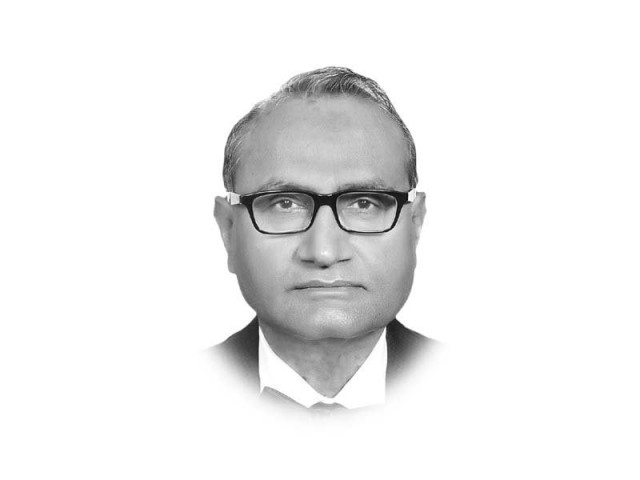Fact-checking Quaid’s development vision
A simple fact-check shows how far removed we are from the priorities visualised by the Great Leader

The writer is a senior economist.
He can be contacted at pervez.tahir@tribune.com.pk
He reiterated this vision while speaking to the Balochistan Muslim League in July 1943: “For the present the most important thing is education. Knowledge is a greater force than sword. Go and acquire it... The second important thing is trade and commerce. So long as a nation is weak economically, it cannot hope to win the battle of life. So organise and raise economic life. When you have done it successfully then comes sword which we have been wielding for the last 13 centuries.”

The Quaid had a long standing as a champion of education, especially elementary education. In April 1912, he told the Imperial Legislative Council: “We have been trying this system, namely, the principle of the extension of the voluntary system, for the last 50 years or 60 years seriously and we know what has been the result… You are going at jog-trot pace [and] it will take 175 years in order to get all school-going age children to school, and 600 years to get all the girls to school.”
In the Legislative Assembly in August 1927, he focused on the budget constraint: “This is a very, very old story that you have no money and all I can say is this: Find money! Find money!! Find money!!! If you say you have not got enough money, discover and tap new sources of taxation… we should do all this to improve the masses of this country to whom you owe a much greater duty than to anybody else.”
A simple fact-check shows how far removed we are from the priorities visualised by the Great Leader. Seven decades on, the order of priorities is the exact reverse of that envisioned by the Quaid. According to the latest data released by the Ministry of Finance regarding consolidated federal and provincial budgetary operations for the first quarter (July-Sept) of 2018-19, about 0.6 per cent of the GDP went to defence and 0.3 per cent to development. Education received an estimated 0.16 per cent.
Poverty is another priority claimed by all governments. The Quaid’s view was crystal clear: “Do you visualise that millions have been exploited and cannot get one meal a day. If that is the idea of Pakistan I would not have it. If they are wise [landlords and capitalists] they will have to adjust themselves to the new modern conditions of life. If they do not, God help them; we shall not help them.” (Muslim League Session at Delhi, April 24, 1943).
Sadly, international poverty lines place 75.4 per cent of the population below $5.50 a day and 34.7 per cent below $3.20 a day. The national poverty line is also close at 38.8 per cent.
Published in The Express Tribune, December 28th, 2018.
Like Opinion & Editorial on Facebook, follow @ETOpEd on Twitter to receive all updates on all our daily pieces.
















COMMENTS
Comments are moderated and generally will be posted if they are on-topic and not abusive.
For more information, please see our Comments FAQ